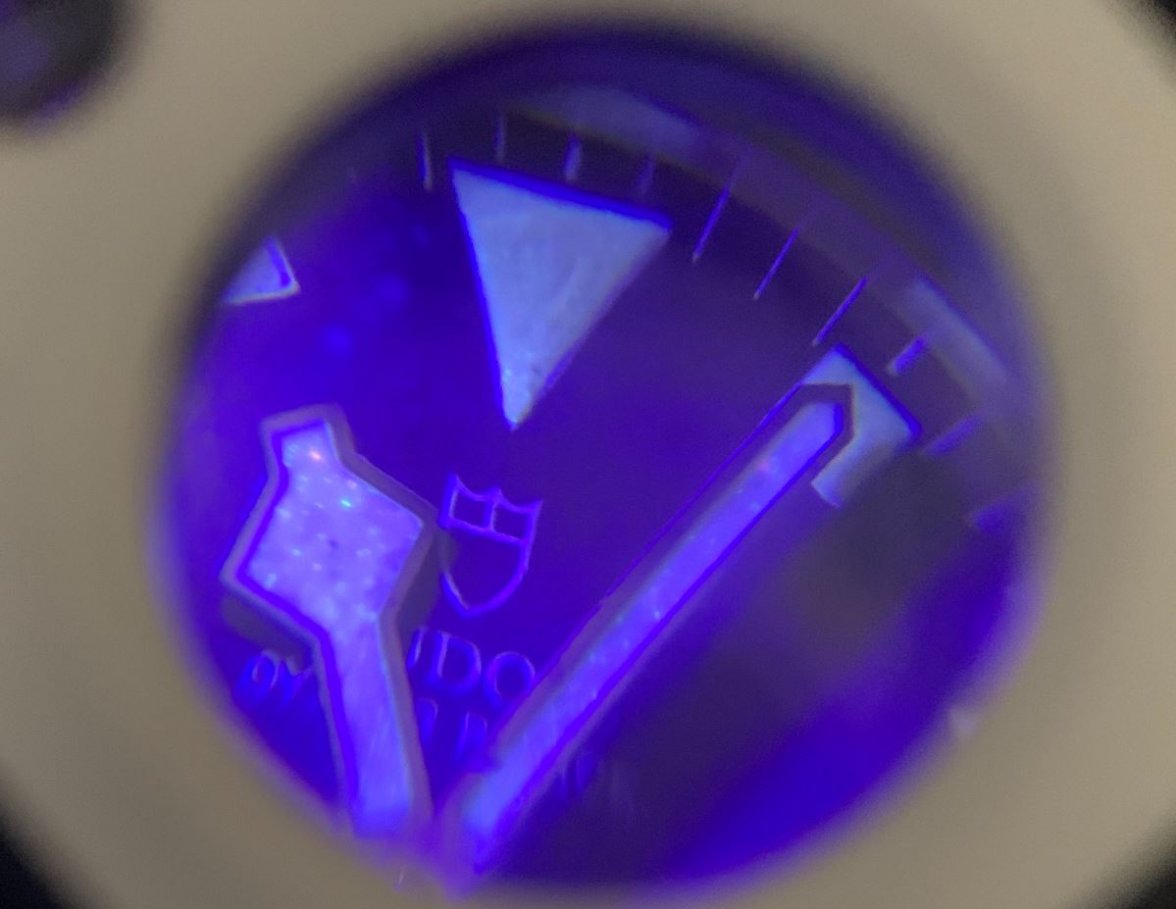Linesiders
··Stripers, not snook.DanS info above is pretty good. John Harris did some other good stuff on VRF and MWR years ago.
I am sure there are ultra sensitive devices that can detect some radiation from old tritium and are better able to measure than consumer grade equipment.
Consumer grade equipment (GMC or RADEX for example) might be able to see some activity above background levels. But they cannot do any detailed analysis and don't always measure all forms of radiation. I am not a scientist nor a nuclear engineer - I'm a geek.
Background levels in my area are around 0.06-0.08 microsieverts per hour (μSv/hour) . Sometimes if I maneuver the detector just right over a 61 Tudor 7928 I can get readings around 0.11 microsieverts (once 7 years ago I had 0.25). I have a 7924 with some radium that reads over 2.0 microsieverts and a 54 Blancpain that pegs my meter at its maximum of 10.00 microsieverts. If you saw Chernobyl on HBO (or better, read Midnite in Chernobyl) you saw a lot of talk of Roentgen / hour. The joke 3.6 Roentgen, not good, not terrible - well 3.6 Roentgen is 3600 times the maximum reading of my GMC or my Radex.
Tritium has a half life of roughly every 12.5 years so in 25 years tritium will be roughly 25% as effective as day one. I have a 2000 something Marathon TSAR with trit tubes that is no longer bright enough for use out at night. I have a 1980 Snowflake that was on the nightstand and I woke up, pitchblack new moon night, and saw a faint glow on the dial. So as a test I keep the watch for 24 hours in a closed pelican box so there would be zero external UV influence, took into the bathroom, put towels on the floor / door gap to block light leakage, spent 10 minutes adjusting my eyes to the dark. Open the box and I can faintly see the lume on an otherwise dead looking dial. I highly recommend people try this with their old Tritium watches. You might be surprised.
I am sure there are ultra sensitive devices that can detect some radiation from old tritium and are better able to measure than consumer grade equipment.
Consumer grade equipment (GMC or RADEX for example) might be able to see some activity above background levels. But they cannot do any detailed analysis and don't always measure all forms of radiation. I am not a scientist nor a nuclear engineer - I'm a geek.
Background levels in my area are around 0.06-0.08 microsieverts per hour (μSv/hour) . Sometimes if I maneuver the detector just right over a 61 Tudor 7928 I can get readings around 0.11 microsieverts (once 7 years ago I had 0.25). I have a 7924 with some radium that reads over 2.0 microsieverts and a 54 Blancpain that pegs my meter at its maximum of 10.00 microsieverts. If you saw Chernobyl on HBO (or better, read Midnite in Chernobyl) you saw a lot of talk of Roentgen / hour. The joke 3.6 Roentgen, not good, not terrible - well 3.6 Roentgen is 3600 times the maximum reading of my GMC or my Radex.
Tritium has a half life of roughly every 12.5 years so in 25 years tritium will be roughly 25% as effective as day one. I have a 2000 something Marathon TSAR with trit tubes that is no longer bright enough for use out at night. I have a 1980 Snowflake that was on the nightstand and I woke up, pitchblack new moon night, and saw a faint glow on the dial. So as a test I keep the watch for 24 hours in a closed pelican box so there would be zero external UV influence, took into the bathroom, put towels on the floor / door gap to block light leakage, spent 10 minutes adjusting my eyes to the dark. Open the box and I can faintly see the lume on an otherwise dead looking dial. I highly recommend people try this with their old Tritium watches. You might be surprised.
